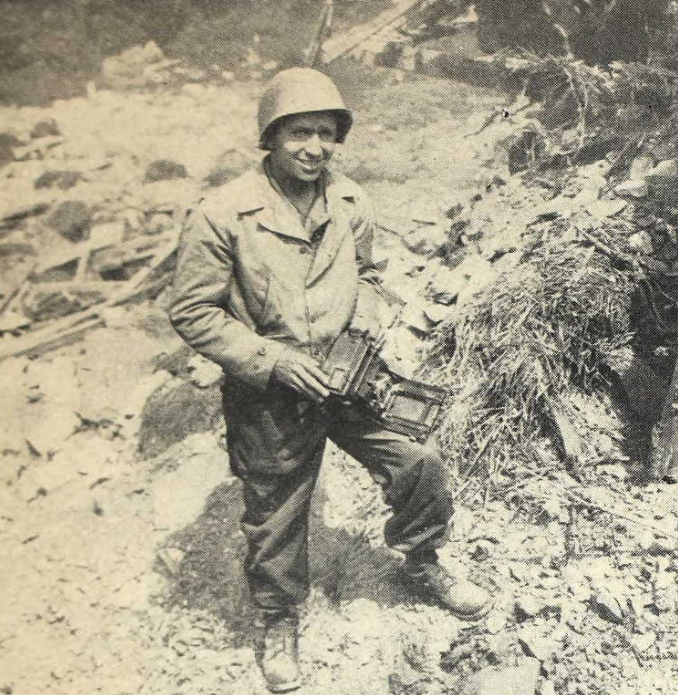In the footsteps of No. 47 Royal Marine Commando on D-Day
Alexander Braun • September 3, 2025
Commemorative walk to honor 47 RMC´s achievements on D-Day
Every year, many tourists and locals who want to attend the D-Day celebrations are faced with the same difficult question: which ceremony should I attend?
The multitude of ceremonies, which often already commence on 2 June and continue for at least a week, makes this decision very difficult, especially when several ceremonies that one would like to attend are held on the same day or even at the same time at opposite ends of the 80 km wide landing area.
The decision is particularly difficult on D-Day, as congested roads or even road closures make it very difficult to get around on the narrow lateral coastal road D514. In consequence, one has to take a decision.
In the last two years, I have made the decision easy for myself and taken part in the memorial walk for No. 47 Royal Marine Commando. This memorial walk stretches from Asnelles to Port-en-Bessin over a distance of approximately 21 km. Veterans, members of the Royal Marines Association, locals, and tourists alike take part in this walk, which is perfectly organised and run by the Royal Marines Association. But above all, active Royal Marines of the Plymouth-based 47 Commando follow in the footsteps of the men of 1944 as they yomp (march) together to Port-en-Bessin to pay tribute to the achievements of their forebears.
And there is much to pay tribute to and to commemorate.
More than 17,600 Royal Marines were assigned to Operation Neptune (the seaborne operation), of which 420 men belonged to No. 47 Royal Marine Commando. During the entire campaign, one in 40 marines – more than 430 men – made the ultimate sacrifice during the ten-week-long campaign.
No day was harder than D-Day itself. Some 133 Royal Marines were killed that fateful Tuesday, but the high price bought success: most commandos on Gold, Juno, and Sword beaches were ashore by 9am on 6 June... and by the small hours of 7 June, they had reached their initial objectives.
Five Royal Marine Commando units (41, 45, 46, 47, and 48) assaulted the beaches alongside three Army Commando units (3, 4, and 6) – formed into two Special Service Brigades.
In addition, most minor landing craft were crewed by Royal Marines, as were the guns of the support craft, and all capital ships providing gunfire support for the invasion, such as the battleship HMS Warspite, carried a Royal Marines detachment.
The commemorative event for No. 47 Royal Marine Commando begins with a demonstration of a landing operation on Asnelles beach, followed by a memorial ceremony at Place Les Birch – Bill Evans in the village center. In 2024 and 2025, the ceremony was attended by the now 100-year-old Royal Marines veteran Norman Ashford
(Ashford was a crew member of a landing craft),
who received loud applause.
After the ceremony, the 21 km commemorative walk begins, interrupted by short breaks during which members of the 47 Royal Marine Commando Association describe what happened at these locations on 6 June 1944. Short breaks are taken in La Rosière and at the Abbaye de Longues to recharge our batteries. The walk then continues to Mont Cavalier (Point 72), where another very interesting lecture on the attack on Port-en-Bessin follows. Afterwards, we descend to Escures, where a memorial ceremony with wreath laying takes place at the Normandie Terre Liberté Totem.
Then it's on to the last two kilometres to Port-en-Bessin, where the whole group, Royal Marines and civilians, accompanied by a piper and drummer, march in step to the Bar de la Criée (Commando Bar) to receive a well-deserved free beer and and celebrate reaching Port-en-Bessin, despite several blisters and sore feet.
The commemorative march is a unique and somewhat strenuous experience, but who would let that stop them?








